QUARESMEIRA TREE (LENT)
Tibouchina granulosa
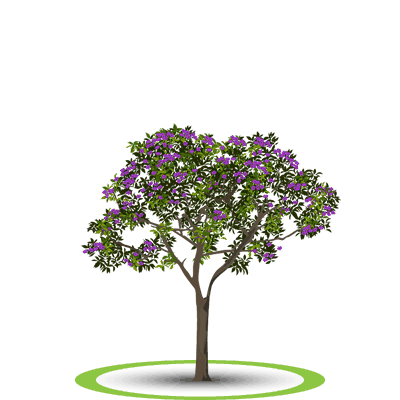
- Height
- 8 to 12 meters
- Growth
- Moderate: 1.0 meter per year
- Flowering
- Attractive flowers with tones ranging from purple, violet and pink arranged in pyramidal bunches at the end.
DEVELOPMENT STAGES
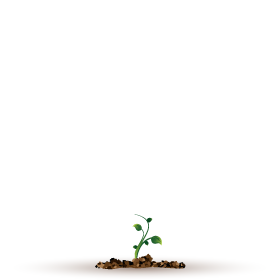
SEEDLINGS
Post-germination
20 to 30 days
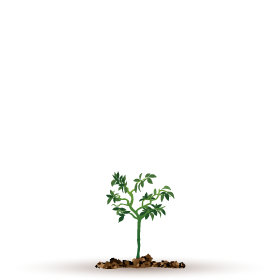
BABY PLANT
Pre-planting
6 to 8 months
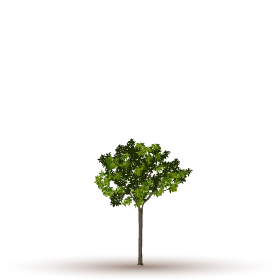
BUSH
Juvenile
1 to 2 years
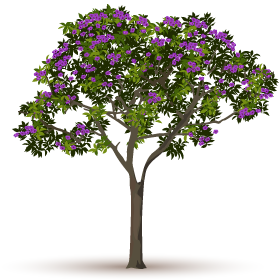
TREE
Adult
2 to 3 years
CULTURE AND SYMBOLISM
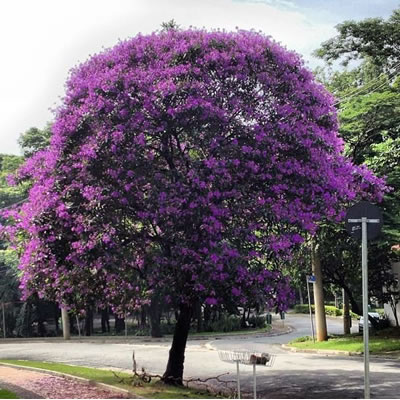
The name Lent comes from the fact that it blossoms between January and April, when Lent normally occurs.
Even when it’s not in bloom, Lent is ornamental. Its dark green canopy is permanent, assuming various shades as they age, diversifying the forests, parks and gardens where they live.
Symbol of beauty and detachment, Lent is the tree of unconditional love and it is popularly associated with healing and mystical powers in various regions of the planet. In some religious beliefs it is attributed the power of magical enchantments. In popular medicine it is used to treat infections and as a flower essence it is indicated to release strength, vitality and energy.
Quaresmeira (Lent) is the symbolic tree of Belo Horizonte.
SEASONAL BEHAVIOUR
Lent flourishes twice a year; between June and August and between December and March. In the remaining months the tree has a plentiful canopy with leaves in many tones of green.
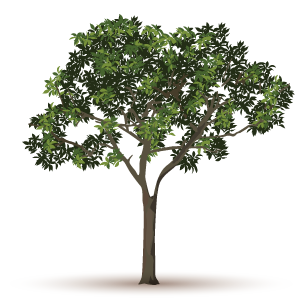
SPRING
September to December
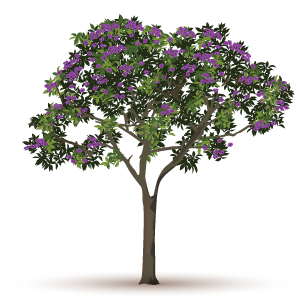
SUMMER
December to March
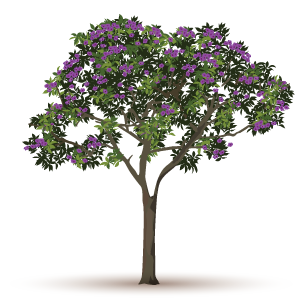
AUTUMN
March to June
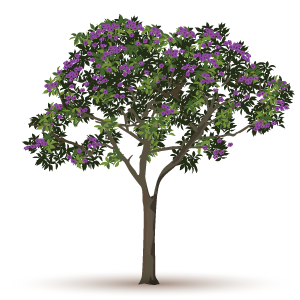
WINTER
June to September
CARE AND HANDLING
The growth and development of plants result from the interaction between genetic and environmental factors. BioParque values the use of certified seeds, prioritizing the quality of the plants. In addition, sustainable management practices are adopted in order to provide optimal conditions for the development of trees, also respecting the environment.
WATER AND NUTRIENTS
- Irrigation: The amount of water required by trees varies according to their species and environmental conditions. BioParque has developed an irrigation program to meet the different needs of tree species.
Although it is a rather rustic plant that requires little of the environment, Quaresmeira requires moderate irrigation. In the first year of life, irrigation will be more frequent. In field conditions, establishment phase or juvenile period of the tree, complementary irrigations will be done whenever is necessary. In the adult phase, only salvage irrigation will be done, in case of long droughts. - Fertilization: Fertilizations will be carried out according to the nutritional requirements of each species throughout their life cycle, according to the results of periodic technical evaluations.
PLANT HEALTH CONTROL
- Preventive actions: periodic inspections will be carried out to prevent possible outbreaks of pests.
- Alternative technologies: specific ecological actions will be used, whenever necessary, to prevent and fight pathological agents.
PRUNING
When necessary, for safety reasons, to improve the structure or health of the tree, pruning will be performed.





